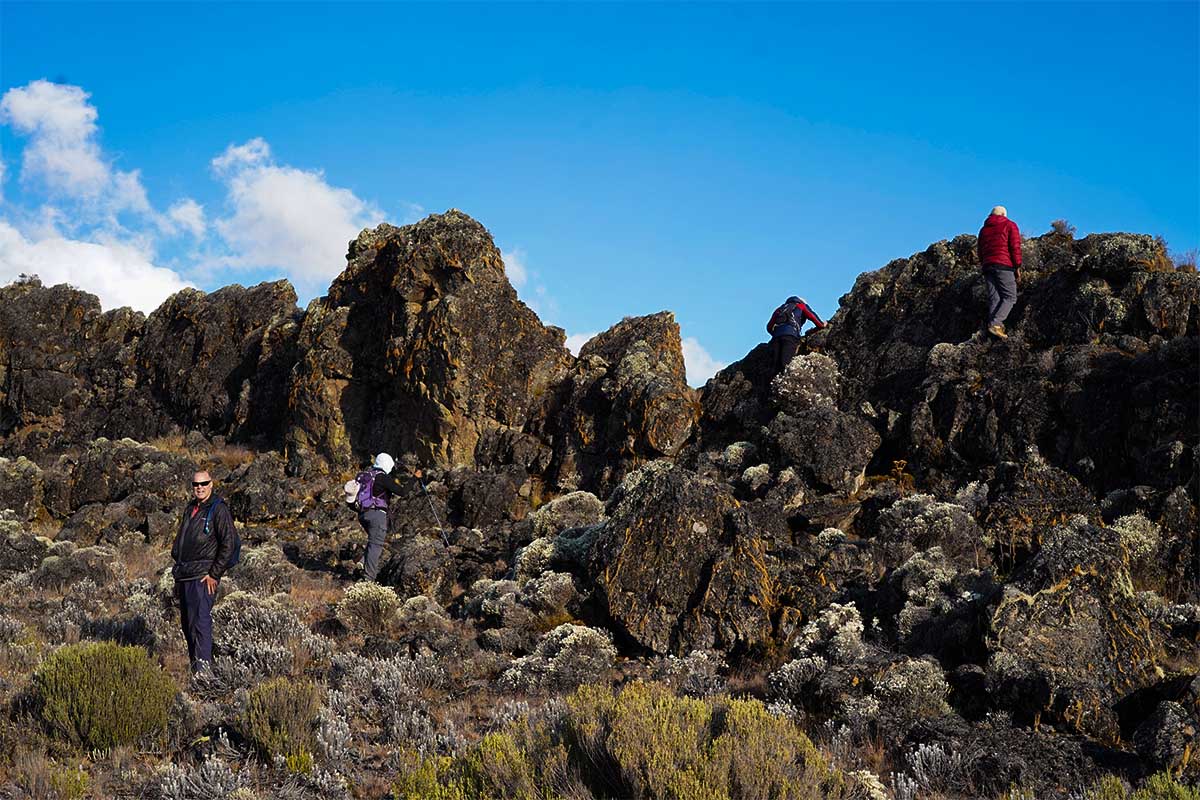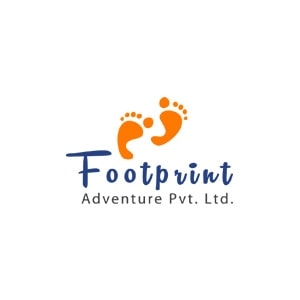Choosing Between Personal Gear vs. Rental Gear
Following are five critical options that you have to consider in deciding what to bring and what to rent for your Kilimanjaro adventure:
- Budget Constraints: Generally speaking, it is cheaper to rent gear rather than purchase it, particularly if you are not a frequent climber. You may save yourself some big dollars by renting top-of-the-line Kilimanjaro rental gear instead of buying equipment that you will only use once.
- Travel Convenience: You will be fine with carrying bulky gadgets on your international flights because you are hiring the gadgets locally. Most trekkers find it easier to pick up the Kilimanjaro equipment rental upon arrival and avoid the inconvenience of transporting heavy or oversized luggage.
- Quality and Reliability: Rental shops around Kilimanjaro offer special equipment for the conditions on the mountain, often in excellent condition. Renting is a good option for getting advanced equipment that may be out of your price range.
- Personal Fit and Comfort: If you're comfortable using specific equipment, such as hiking boots or jackets broken to your liking, bringing your own might be worth it. For other essentials, rental gear can offer a suitable fit and comfort.
- Environmental Impact: Instead of buying, renting reduces total waste and supports greener travel. With rentals, you minimize the demand for virgin, single-use purchases and create alignment with the values of eco-friendly travel.
Balancing rented gear with your gear is a practical way to prepare for your Kilimanjaro climb economically and in an eco-friendly manner.
Recommendation Read:Comprehensive Guidebook For Climbing Kilimanjaro
Why Rent Instead of Buy?

Renting the gear for your Kilimanjaro climbmay be a fantastic alternative to buying, especially if you are a complete newbie in mountaineering or plan on doing this adventure only once in your lifetime. Here is why renting could be the best option for your journey.
Benefits of Renting Gear for Kilimanjaro
- Access to excellent, mountain-ready equipment
- Expert advice on the kind of gear and equipment that suits conditions on Kilimanjaro.
- Reduced bulk and hassle in packing and transportation of gears
- Flexible equipment choices to suit every need of yours.
- Cost-effective solution for a one-time or seldom climb.
Featured Trip: Kilimanjaro Climb Via Lemesho Route
Cost Savings and Practicality
- Save cash from those expensive pieces of equipment you might only use once.
- Only choose the equipment you need and, ultimately, a flexible solution.
- It is an excellent option for first-time climbers who want to avoid purchasing everything.
- Extra savings can go toward guides, permits, or other essentials.
- Packing and carrying less heavy luggage.
Environmental Impact: Reducing Waste by Renting
- Reduces demand for new equipment manufacture to conserve resources
- Reduces waste by reusing quality equipment
- Facilitates responsible travel and reduces single-use products
- Engages in responsible tourism through rental instead of buying
- Extends the life of the kit to minimize the impact on the earth
Pros and Cons of Renting Locally vs. From Home
Renting Locally
Pros
- You won't have to lug bulky kit on flights.
- Convenience of pickup and drop-off at the foot of Kilimanjaro.
- High quality, Kilimanjaro-specific equipment.
- Avoid shipping hassles and luggage restrictions.
Cons
- Not all local rental shops have a great selection.
- The kit may need to be in better condition.
- Rental prices may be higher in certain areas.
- You may have more than what you are used to or prefer.
Renting From Home
Pros
- You can pick out exactly the essentials you want and know and trust.
- You are familiar with the equipment you will be using.
- You will get good equipment that perfectly fits your needs.
- You can be confident that the equipment you want is available and high-quality from local shops.
Cons
- Luggage fees, shipping costs, and extra equipment to transport on your trip.
- Equipment is bulkier to carry on your travels.
- Equipment may suffer damage when traveling.
- Equipment might also be unsuitable, and returning/exchanging it could be a real pain.
Interesting Facts About Mount Kilimanjaro
Recommended Rental Shops and What They Offer
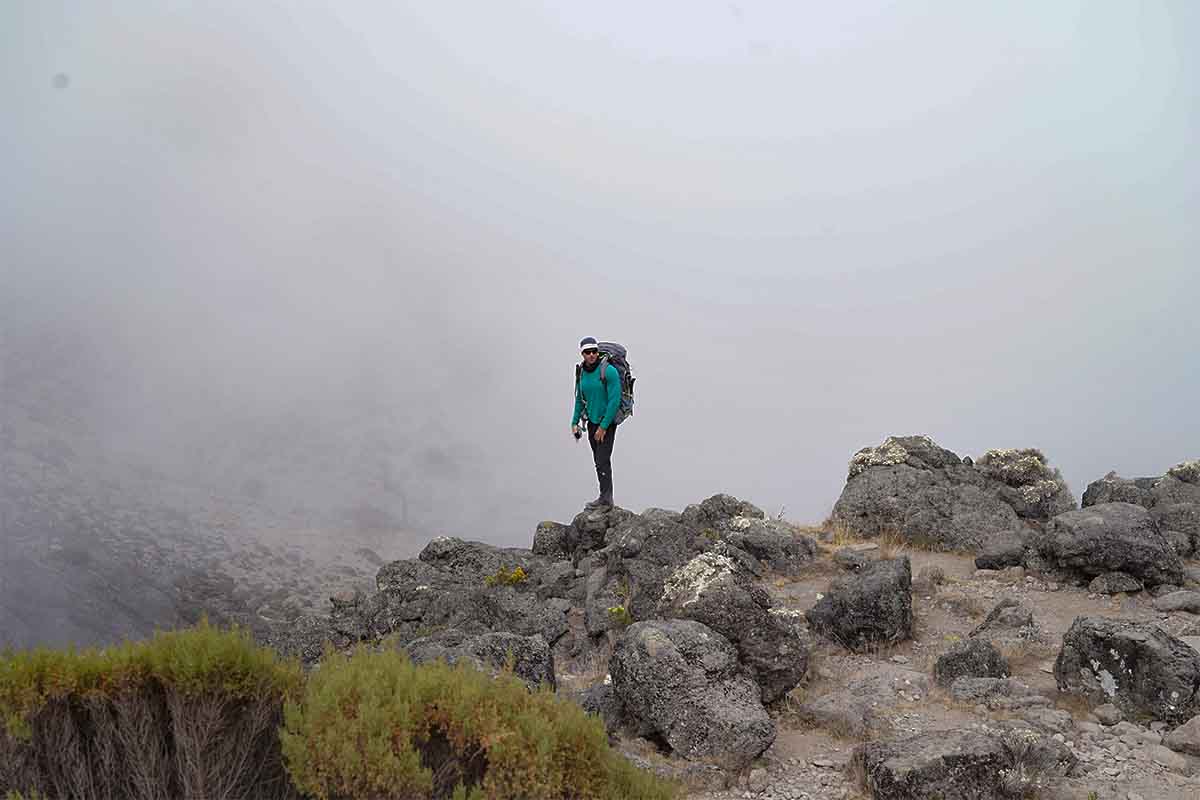
1. Kilimanjaro Gear Rental (Moshi)
- Sleeping bags, trekking poles, insulated jackets, boots, backpacks, and gloves.
- High-quality equipment tailored for Kilimanjaro's conditions, especially for cold and high-altitude weather.
2. Zara Tours Equipment Rental
- Tents, sleeping bags, trekking boots, waterproof jackets, and layers for cold weather.
- Equipment is available for both Kilimanjaro climbs and other treks in Tanzania.
3. African Walking Safari
- Sleeping bags, walking poles, waterproof jackets, warm clothing, boots, and hats.
- Specialized equipment for both the trek and summit attempt.
4. Trekking Gear Tanzania (Arusha)
- Sleeping bags, insulated jackets, waterproof layers, trek poles, boots, and gloves.
- The kit should be stout, high-altitude stuff built for the rough weather of Kilimanjaro.
5. Moshi Gear Rental
- Summit jacket, sleeping bag, rain equipment, trek pole, headlamp, gloves, and boots.
- Well-regarded, good-quality gear for the entire duration of the Kilimanjaro trek.
Read Our Blog, Kilimanjaro Climbing Difficulty
Rental Gears in Nepal for Kilimanjaro Climb
1. Himalayan Glacier Trekking Gear
- Sleeping bags, trekking poles, waterproof jackets, insulated jackets, boots, backpacks, and gloves.
- High-quality gear designed for high-altitude treks - including Kilimanjaro.
Top Trekking and Hiking Gear in Nepal
2. Adventure Himalaya
- Tents, sleeping bags, jackets, trekking boots, gaiters, and backpacks
- Offers equipment rentals for both local and international treks, including Kilimanjaro climbs
3. Outdoor Expedition Nepal
- Sleeping bags, trekking poles, waterproof clothing, hiking boots, and sleeping pads.
- Good quality equipment for high altitude and demanding mountain ascents like Kilimanjaro.
4. Nepal Trekking Gear
- Insulated jacket; rain trousers; sleeping bag; headlamp; gloves; trekking poles
- Rent equipment for treks of high altitude like Kilimanjaro, among others.
5. Shangrila Trekking
- Sleeping bag, jackets, waterproof gear, boots, gaiters, and trekking poles
- Rentals are suggested to take into account harsh weather conditions in Kilimanjaro.
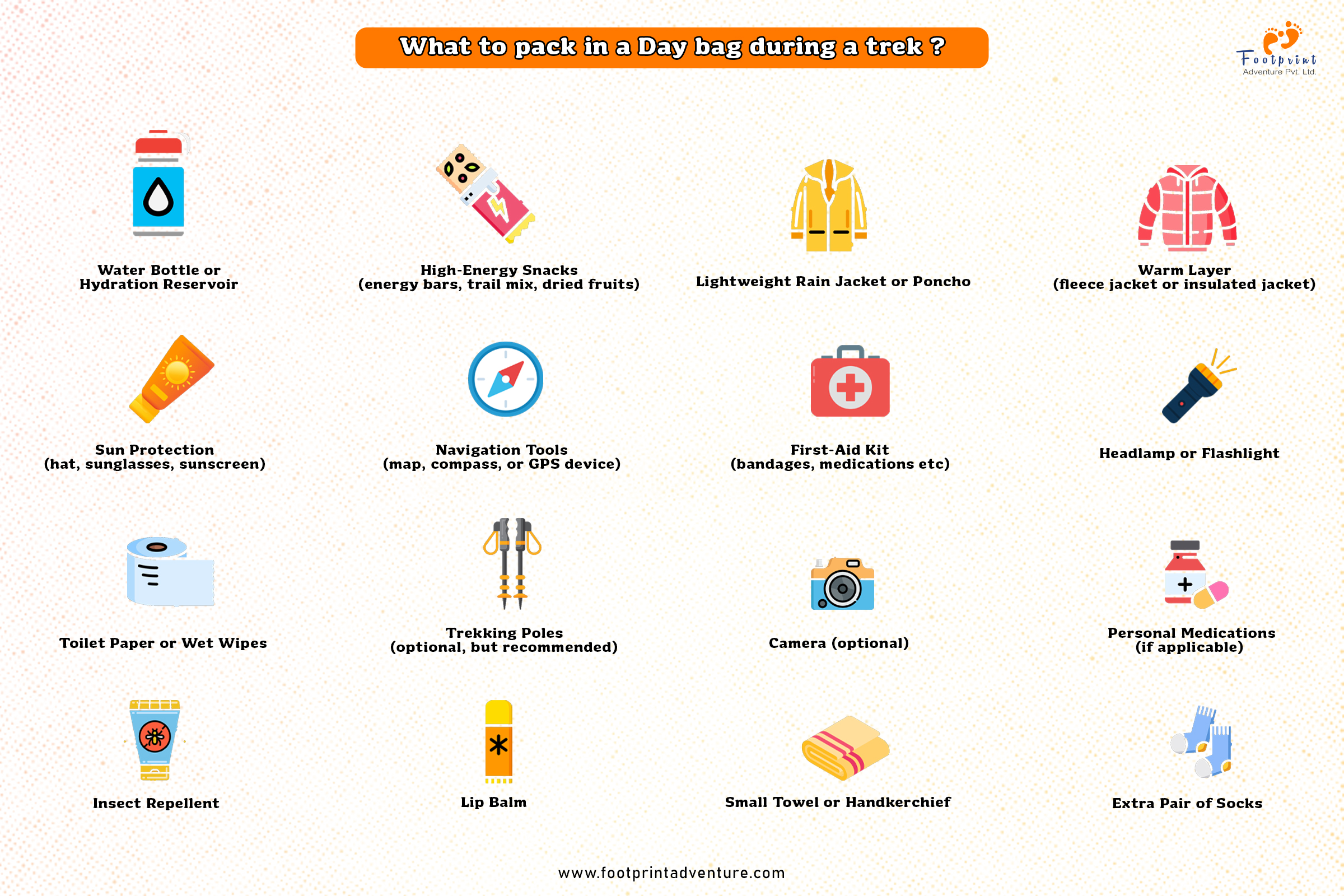
Key Gear to Rent for a Successful Climb
1. Clothing Layers:
2. Climbing Gear Essentials:
- Trekking Poles
- Gaiters
- Crampons
- Backpack
- Sleeping Bags
- Headlamp (with extra batteries)
3. Safety Equipment:
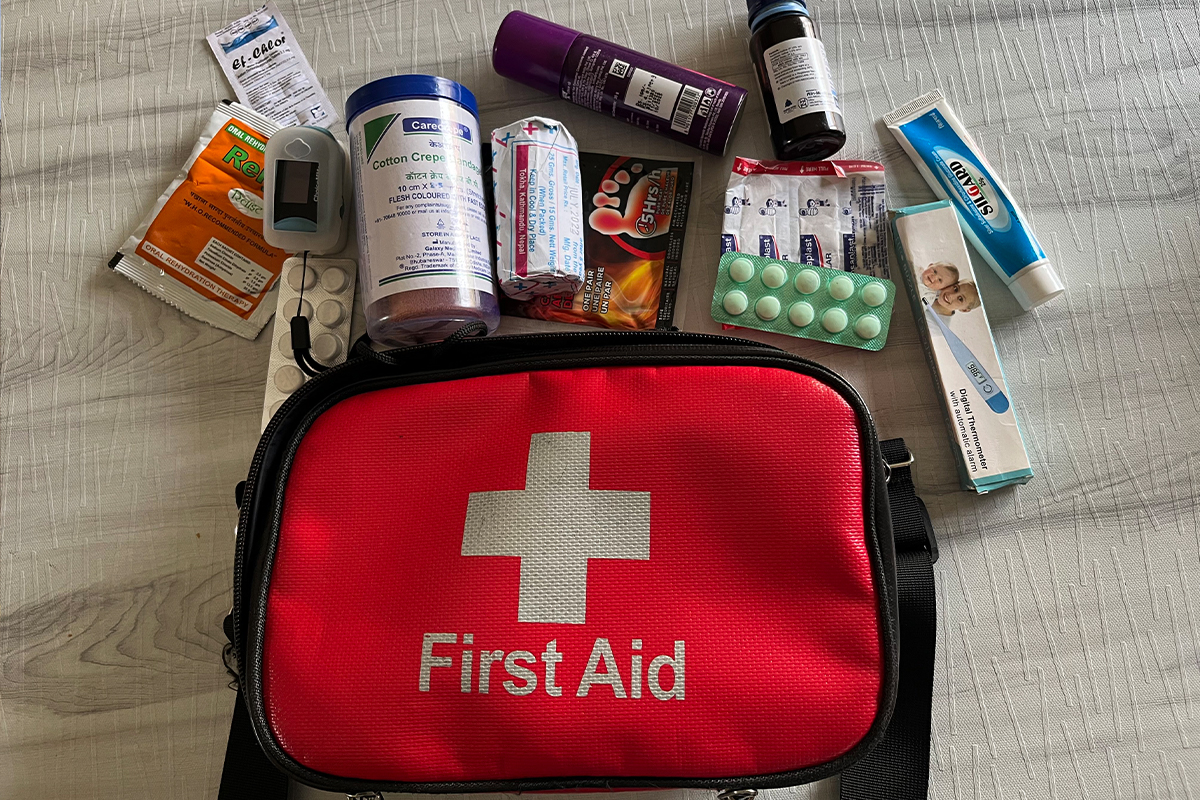
- Oxygen Tanks
- First Aid Kits
- Communication Devices
- Altitude Monitoring Devices
- Sunscreen & Lip Balm (with high SPF)
4. Additional Gear:
- Water Bottles or Hydration Packs
- Water Purification Tablets
- Hats, Gloves, and Buffs
- Footwear (mountain boots with ankle support)
Recommendation Read:Training Plan for Kilimanjaro Climb
How to Choose Quality Rental Gear
1. Inspecting Gear for Quality and Wear
- Visible damage, such as holes, fraying, or broken zippers must be checked.
- Ensure all parts, such as straps, buckles, and stitches, are present and well-secured.
- Check the overall kit for signs of excessive wear.
- Check that sleeping bags, jackets, and pants do not have tears or abrasions.
- Make sure the equipment is clean, including sleeping bags and boots.
- Consider that there is no foul odor or stains to produce unhygienic conditions.
2. Ensuring Proper Fit and Functionality
- Boots should fit comfortably, allowing your toes room to wiggle without slippage.
- Jackets and pants should move with you and not be too tight or too loose.
- Trekking poles should adjust easily to your height and then feel stable.
- Sleeping bags should be the right size for your height and keep you warm enough.
- Backpacks should be adjustable and comfortable, and weight should be correctly distributed.
- Wear gaiters and other accessories to check the fit is close and comfortable.
- Test that all equipments , from the functionality of zippers down to buckles and straps, works before purchase.
3. Important Questions to Ask the Rental Shop
- How old is the gear, and when was it last serviced or replaced?
- Are there any hidden fees or deposits for the rental items?
- Can I exchange or return items if they don’t fit or are uncomfortable?
- Do you provide a guide or tips on properly using the gear during the climb?
- What is the policy if any gear breaks or malfunctions during the trek?
- Are the gear items specifically designed for Kilimanjaro’s conditions?
- Can I customize my rental gear selection based on my specific needs for the climb?
- Do you offer delivery or pick-up services for rented gear?
Conclusion
Renting gear to climb Kilimanjaro is quite practical and reasonable if you wish to have all the proper equipment without investing a lot in purchasing all your gear. By ensuring that good-quality rentals are chosen with care fitted properly and that you understand the specifics of the rental policy, you can focus on the adventure at hand with complete peace of mind.
Whether you hire locally in Tanzania or from a reputable provider in Nepal, ensure your equipment fits Kilimanjaro's challenging conditions. With proper preparation, the right gear, and a positive frame of mind, you will be ready for one of the most iconic treks in the world and confident of your ability to make it to the summit.
FAQs
How much does it cost to climb Mt. Kilimanjaro?
The cost of climbing Kilimanjaro varies from $1,500 to $5,000, depending on the route, duration, and the tour operator's services. Extra costs include rented gear and tips for guides and porters.
What do I need to sleep on Kilimanjaro?
You will need a good, warm sleeping bag, a sleeping pad for insulation and comfort, and a tent to sleep comfortably on Kilimanjaro. Most climbing outfits offer these, but they are also available for rent from local gear shops if needed.
What is the best time to climb Mt. Kilimanjaro?
The best time to climb Kilimanjaro is during the dry season, which falls between late June and October and between December and March. These months guarantee the best weather conditions with clear skies, thus facilitating an easier and safer climb in wet and snow-free conditions.
Do I need special training to climb Kilimanjaro?
While technical climbing skills are not required, great physical fitness is. Training must include endurance and stamina, such as long hiking exercises or cardio workouts. Proper altitude preparation is also crucial to minimize the risks of altitude sickness.
How difficult is it to climb Mt. Kilimanjaro?
Climbing Kilimanjaro is difficult mainly because of the altitude and, thereby, the problems related to altitude sickness. The trek does not involve technical climbing but requires physical stamina and the ability to acclimate to the high elevation. Proper preparation, pacing, and acclimatization are the keys to reaching the summit.
